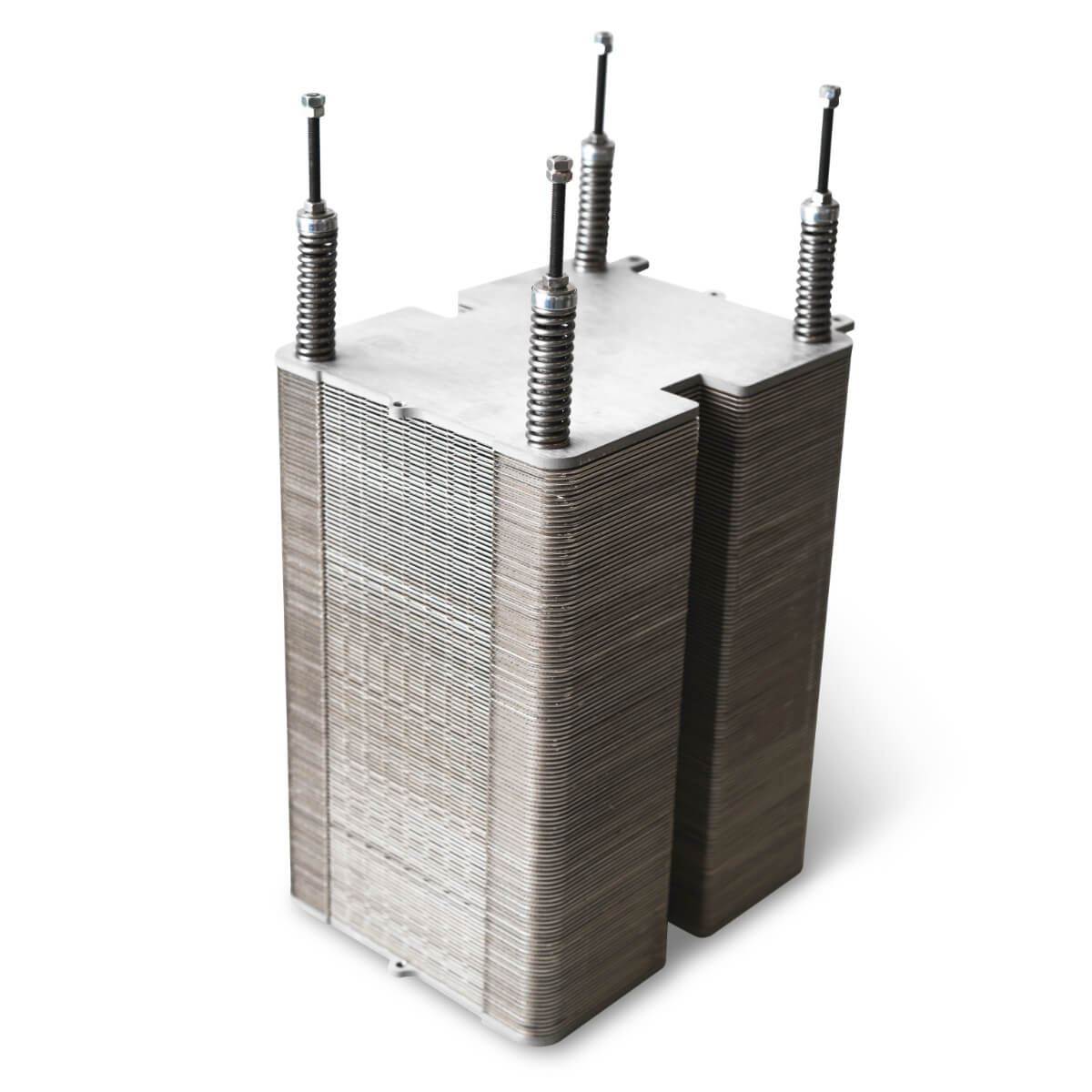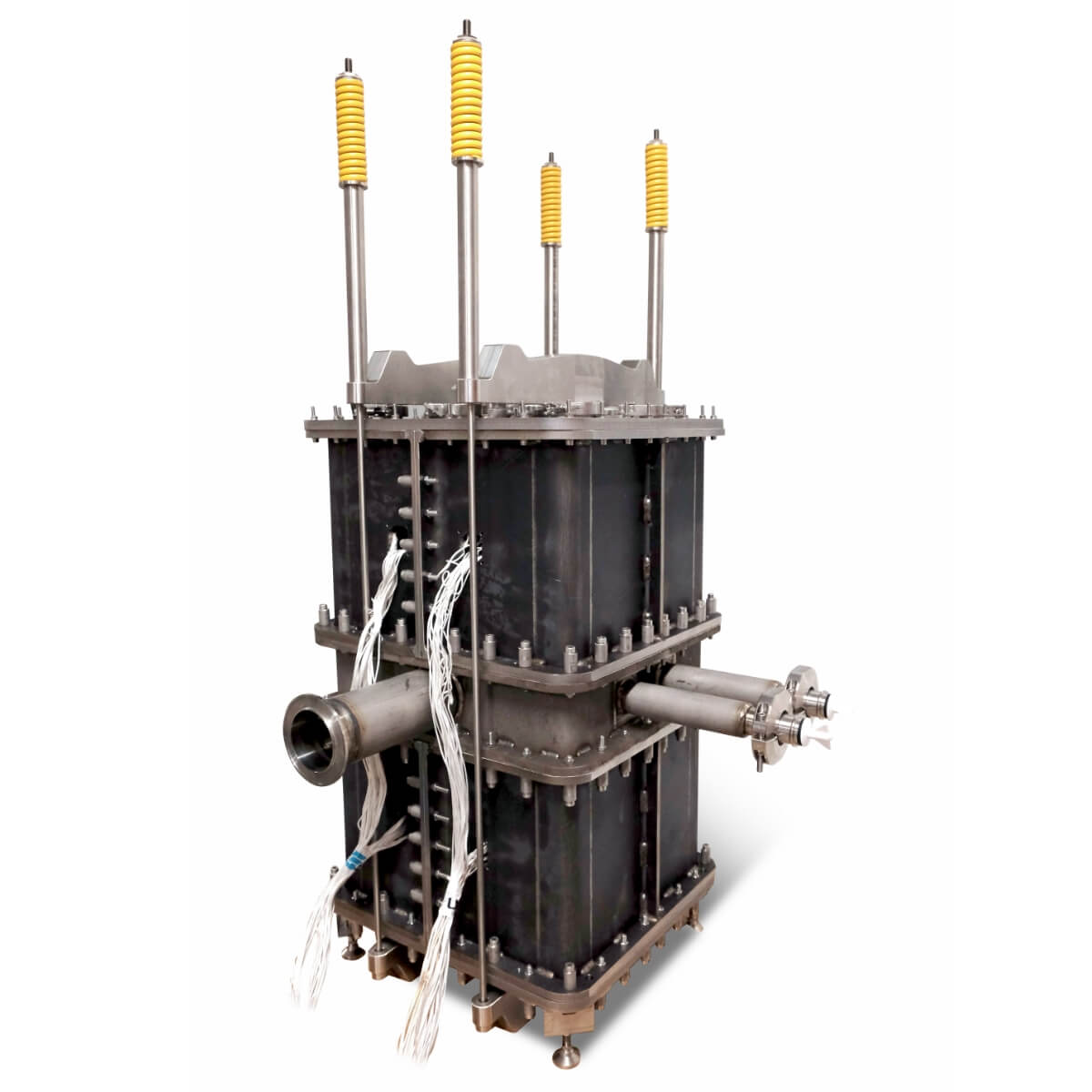During operation in co-electrolysis mode, the solid oxide cell is supplied with electrons that are used in the hydrogen electrode to split water (H2O) and carbon dioxide (CO2) into hydrogen (H2), carbon monoxide (CO) and oxygen ions. The oxygen ions then move through the electrolyte into the oxygen electrode, where the electrons from the ions will be collected and oxygen gas (O2) is released. The hydrogen and carbon monoxide mixture extracted from this process is often called syngas, which is valuable and can be used in the Fischer-Tropsch process to produce hydrocarbon fuels and other valuable chemicals.
Biogas fuel cell cogeneration system in Estonia
Incorporating Elcogen’s next generation of solid oxide fuel cell (SOFC) and stack technology, a fuel cell systems’ provider, Convion, will deliver a biogas fuel cell system to Biometaan OÜ in Estonia. Biometaan OÜ is an Estonian pioneer in the production of biomethane fuel for mobility from agricultural waste streams. Convions’ C60 unit will be installed […]
Read more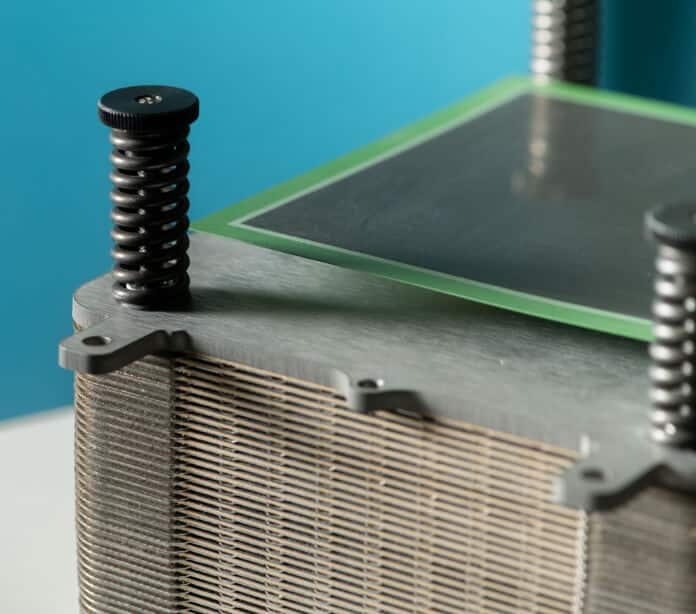
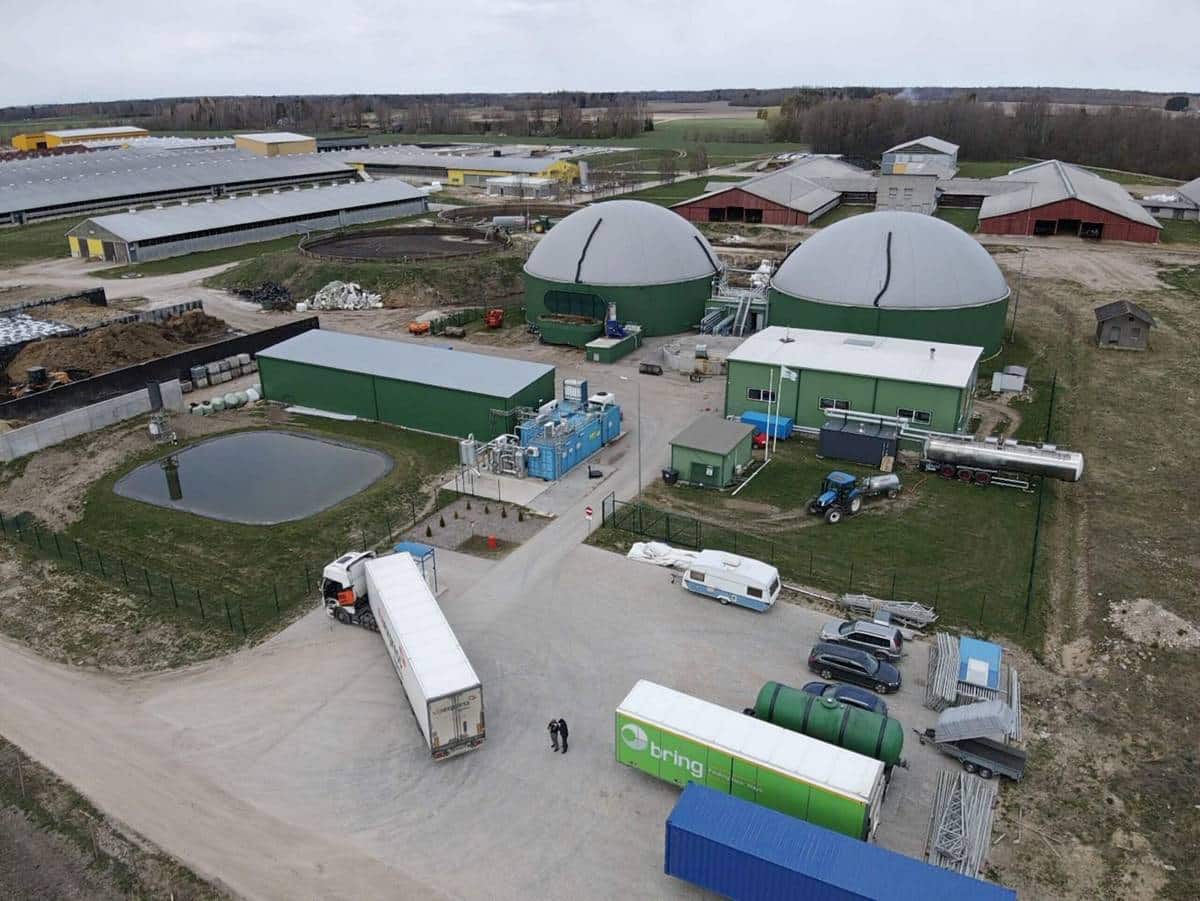; ?>)
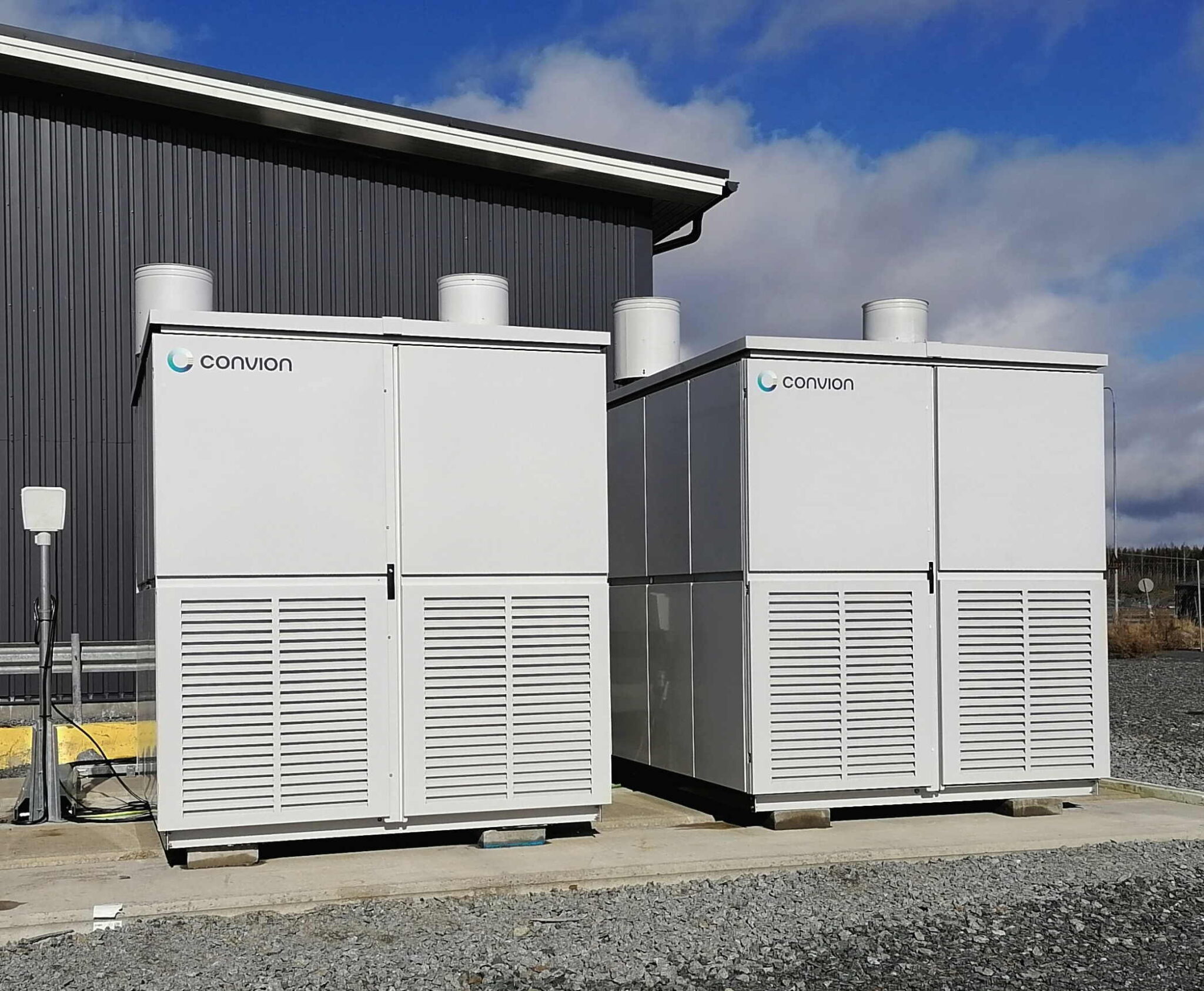; ?>)

